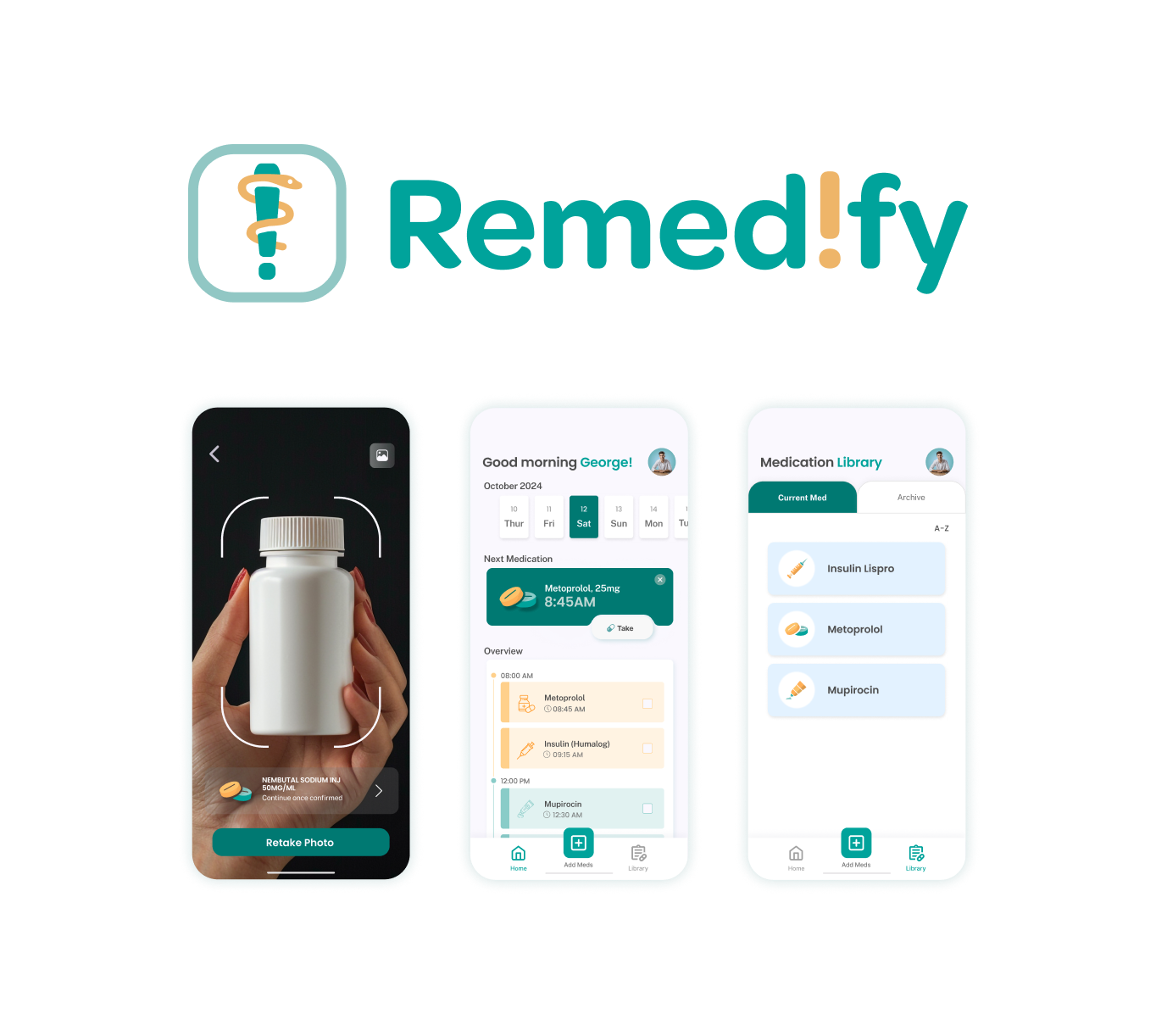The Importance of Mood Tracking
This motion graphic explainer video educates viewers on the benefits of mood tracking and different methods to monitor emotions. The animation aims to promote self-awareness, emotional balance, and improved mental well-being through engaging visuals and storytelling.
Role
Motion Graphic, Graphic Design, Storyboarding
Tools
Adobe After Effects, Adobe Illustrator
Duration
Apr 2024 - May 2024 (2 month)
Research and Concept Development
Conducted in-depth research on mood tracking and its psychological benefits, and developed a structured script and storyboard, ensuring a logical flow of information..
- Identified three key benefits:
- Creating Space: Allows individuals to step back and process emotions without immediate reaction.
- Recognizing Patterns: Helps detect emotional triggers and trends over time.
- Better Self-Care: Encourages self-awareness, leading to improved coping strategies and self-improvement.
- Explored three common ways to track moods:
- Mood Journal: Writing daily reflections to understand emotional trends.
- Mood Chart Visualizing emotions over time using colors, numbers, or symbols.
- Mood Tracking Apps: Digital tools with reminders and insights for easier tracking.
Style Guide
- Color Palette:
- Green: Represents calmness, balance, and emotional stability.
- Brown & Soft Yellow: Serve as neutral, grounding colors to create warmth and familiarity.
- Gray: A neutral complement that adds balance to the design.
- Typography:
- Quicksand: Chosen due to its rounded form, ensuring a friendlines and accessibility.
- Graphic Style:
- Flat vector illustrations: Simple, clean, and visually engaging.
Color Usage
Color plays a critical role in scene transitions and mood representation, helping to establish different settings and emotional states. This approach ensures a smooth visual flow while reinforcing the key message of how mood tracking can improve well-being.
Scene Transitions:
- Train Scene (Gray Tone):
- Shows the tiring, routine feeling of commuting.
- Office Scene (Blue Tone):
- Represents a busy and structured work setting, where stress can build up.
- Home Scene (Yellow Tone):
- Creates a cozy and familiar atmosphere, but emotions can still fluctuate.
Mood Changes:
- Anxiety & Stress (Purple Background):
- Shows the tiring, routine feeling of commuting.
- Calm & Balance (Green Background):
- Symbolizing peace and emotional stability after mood tracking.
Key Animations
- Character animations:
- Demonstrating emotional changes and mood-tracking techniques.
- Mascots animations:
- Visually express different emotions, such as happiness, sadness, frustration, and calmness.
- Seamless transitions:
- Guiding the viewer smoothly from one topic to the next.
Reflection and Learnings
- Learned how to "Show Not Tell" by using visual storytelling to convey complex ideas and emotions.
- Discovered the importance of color psychology in setting the tone and mood of a narrative.
- Enhanced skills in character design and animation to create relatable and engaging visuals.
Next Project is...
